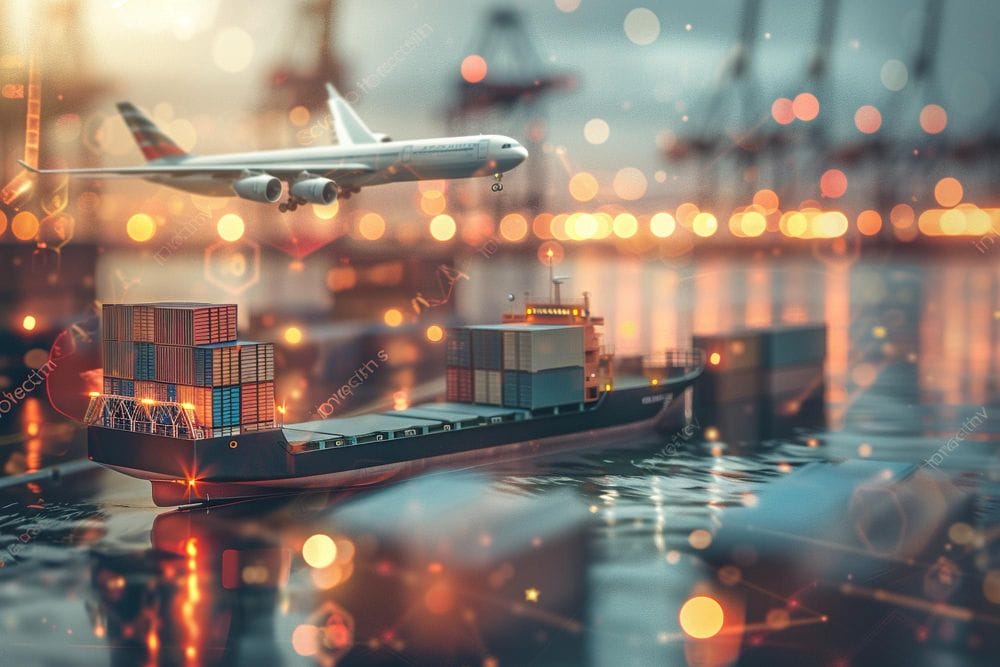Let’s dive deep into the world of Japan’s balance of trade, shall we? Now, I know what you’re thinking. Balance of trade? Sounds like a snooze fest. But trust me, it’s anything but boring. It’s like peeling back the layers of a mystery novel where each twist and turn reveals something crucial about Japan’s economic health. Ready to uncover the secrets? Let’s get started.
What Is the Balance of Trade?
Before we jump into the specifics, let’s get a grip on what the balance of trade actually is. In simple terms, it’s the difference between a country’s exports and imports. If Japan exports more than it imports, it has a trade surplus. If it imports more than it exports, it’s running a trade deficit. Simple, right? But don’t let the simplicity fool you. This number holds a wealth of information about the country’s economy.
Japan’s Trade History: A Brief Overview
Japan’s trade history is like a rollercoaster ride. Post-World War II, Japan became a global industrial powerhouse, exporting cars, electronics, and machinery. Remember those sleek, reliable Toyotas and cutting-edge Sony gadgets? Yep, those were part of Japan’s trade success story. However, the 1990s brought a period known as the “Lost Decade,” where economic stagnation took a toll on trade. More recently, Japan’s trade dynamics have been shaped by global economic trends, natural disasters, and shifting political landscapes.
The Current State of Japan’s Trade Balance
So, where does Japan stand today? Well, it’s a mixed bag. Japan often runs a trade surplus, thanks to its strong export sector. But, there are also times when it dips into deficit territory, largely due to its reliance on imported energy and raw materials. The balance of trade is like a barometer for Japan’s economic climate – it tells us whether things are sunny or stormy.
Key Factors Influencing Japan’s Trade Balance
1. Export Strengths
Japan’s trade strength lies in its high-quality exports. From cars to electronics, Japan’s products are known for their reliability and innovation. The automotive industry, led by giants like Toyota and Honda, is a major export driver. Likewise, Japan’s technology sector, including companies like Sony and Panasonic, continues to be a global leader.
2. Import Dependencies
However, Japan is not all about exports. The country imports a significant amount of energy, especially oil and natural gas, as it lacks domestic resources. This dependency can sometimes tilt the trade balance into deficit, especially when global energy prices spike.
3. Global Economic Trends
Global economic conditions heavily influence Japan’s trade balance. A booming global economy generally means higher demand for Japanese goods, leading to a trade surplus. Conversely, during economic downturns, demand drops, and Japan’s trade balance can suffer.
4. Natural Disasters
Japan is no stranger to natural disasters – think earthquakes and tsunamis. These events can disrupt manufacturing and supply chains, impacting both exports and imports. The 2011 earthquake and tsunami, for instance, had a significant impact on Japan’s trade balance.
5. Political and Trade Relations
International relations and trade policies also play a critical role. Trade agreements can open up new markets for Japanese products, while trade disputes or tariffs can restrict them. Japan’s relationships with key trading partners like the US, China, and the EU are crucial in this regard.
Impact on Japan’s Economy
1. Economic Growth
The balance of trade directly impacts Japan’s economic growth. A trade surplus can boost GDP, while a trade deficit can drag it down. It’s like the economy’s fuel gauge – when exports are high, the economy is running smoothly; when imports outweigh exports, the economy might be sputtering.
2. Employment Rates
High export levels are often linked to higher employment rates, particularly in the manufacturing sector. When Japan’s products are in demand globally, factories are buzzing, and jobs are plentiful. Conversely, a trade deficit can lead to job cuts and economic strain.
3. Currency Value
The balance of trade also affects the value of the yen. A trade surplus tends to strengthen the yen as foreign buyers purchase more Japanese goods and need yen to do so. On the flip side, a trade deficit can weaken the yen as Japan buys more from abroad and needs foreign currencies.
4. Inflation Rates
Inflation rates are another piece of the puzzle. A strong trade balance can help keep inflation in check by stabilizing prices. However, when imports exceed exports, inflation can rise, leading to higher prices for consumers.
Challenges Facing Japan’s Trade Balance
1. Aging Population
Japan’s aging population is a significant challenge. With a shrinking workforce, maintaining high levels of production for export becomes difficult. It’s like trying to run a marathon with fewer and fewer runners each year.
2. Technological Competition
Global competition in technology is fierce. Countries like South Korea and China are rapidly advancing, challenging Japan’s dominance in sectors like electronics and automotive.
3. Environmental Regulations
Stringent environmental regulations can also impact trade. Japan’s commitment to reducing carbon emissions and transitioning to renewable energy sources may affect its traditional manufacturing sectors.
4. Trade Wars
Ongoing trade tensions, especially between major economies like the US and China, can create a ripple effect that impacts Japan. Tariffs and trade barriers can make it harder for Japan to export its goods.
Strategies for Improvement
1. Innovation and R&D
Investing in research and development is crucial for Japan to stay ahead in the global market. Innovation can lead to new products and technologies that boost exports.
2. Diversifying Energy Sources
Reducing dependency on imported fossil fuels by investing in renewable energy can help stabilize the trade balance. Japan’s advancements in solar and wind energy are steps in the right direction.
3. Strengthening Trade Relations
Forging stronger trade relationships and entering new markets can open up additional avenues for exports. Trade agreements with emerging economies can be particularly beneficial.
4. Enhancing Workforce Participation
Encouraging greater workforce participation, especially among women and older workers, can help mitigate the effects of an aging population. Policies that support work-life balance and retraining can make a significant difference.
Conclusion
The balance of trade is more than just a number; it’s a reflection of Japan’s economic health. By understanding the factors that influence it, we can gain insights into the broader economic landscape. Japan’s strengths in exports, coupled with its challenges and strategic responses, paint a comprehensive picture of its trade dynamics. As global economic conditions continue to evolve, Japan’s balance of trade will remain a key indicator to watch.
FAQs
1. What is the balance of trade?
The balance of trade is the difference between a country’s exports and imports. A positive balance indicates a trade surplus, while a negative balance indicates a trade deficit.
2. Why is Japan’s balance of trade important?
Japan’s balance of trade is important because it reflects the country’s economic health, influencing factors like GDP growth, employment rates, currency value, and inflation.
3. How does the balance of trade affect Japan’s currency?
A trade surplus tends to strengthen the yen as foreign buyers need yen to purchase Japanese goods. Conversely, a trade deficit can weaken the yen as Japan needs foreign currencies to pay for imports.
4. What are the main challenges to Japan’s trade balance?
The main challenges include an aging population, technological competition, environmental regulations, and global trade tensions.
5. How can Japan improve its trade balance?
Japan can improve its trade balance by investing in innovation and R&D, diversifying energy sources, strengthening trade relations, and enhancing workforce participation.






